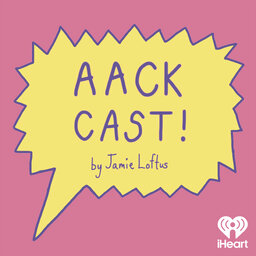Cathy Guisewite is often hailed as one of the only women in comic strips, but that's far from the truth -- this week, we uncover her frequently overlooked predecessors going back to the flapper age, and the underground scene that developed when the funny pages wouldn't address the issues feminists wanted to hear about, Wimmen's Commix.
Learn more about your ad-choices at https://www.iheartpodcastnetwork.com
 Aack Cast by Jamie Loftus
Aack Cast by Jamie Loftus


